On the Series 86 Exam pension accounting is a core topic. This specific topic has been showing up for years, even though it might not be more than two or three questions. In today’s post we discuss what’s important to know in terms of pension accounting.
Series 86 Exam Pension Accounting… Am I supposed to Know How to Do the Math?
For the Series 86 Exam pension accounting, historically one needs to understand important time value characteristics. For instance, pension liability obligations extend out for many years, and decades, in some cases.
A classic example includes promises to pay union worker retirees a portion of their salary for life, or provide health benefits. Either way, these payments are spread out over years and a liability to the company. To account for them in the current period a company must take the present value of these liabilities. These liabilities are then compared to the assets of the pension plan to determine whether the plan is under funded or over funded. Usually the requires basic math. Is the liability greater than the asset? If yes, then the pension is under funded, and vice-versa.
Some questions may have to do with how the movement of interest rates impact the present value formula. The present value of liabilities are calculated using a traditional present value formula. which means that if the discount rate increases, the present value will decrease.
What’s Aggressive Accounting?
Although market interest rates impact the discount rate, ultimately the discount rate is up to management. Being subjective means that management can be aggressive or conservative with their assumptions. If management decides to use a low discount rate, they take a conservative approach since that will make the present value of the liabilities seem higher. If management is voluntarily inflating the appearance of the liabilities on the balance sheet, this would be considered a conservative approach.
Contrary to this would be if management assumes a very high discount rate to shrink the present value of the liabilities. This is considered aggressive accounting since it makes the company’s balance sheet look better.
What Other Types of Questions Might Be Out There?
We believe there may be questions about pension accounting that require calculations that are not currently in the practice material. For example, if you need to calculate the change in pension assets, a very simple approach would be to calculate the end of period assets and compare that to the current assets. Or, one could also compare the end of period assets with the contributions as well as compare that to the current assets. Similarly if required to calculate pension expenses, they tend to include service costs and interest as two core components.
We should also point out that the Series 86 Exam can also include experimental questions. These may be used to gauge whether or not certain questions should be eventually counted on the actual exam. It’s hard to know what exactly these questions are, but generally, they still have to do with core content.
Overall, pension accounting remains a core concept on the exam and is likely to appear. Try to understand as much as you possibly can in this section. If you have any questions, feel free to reach out or check out our Series 86 Exam course. Good luck!
